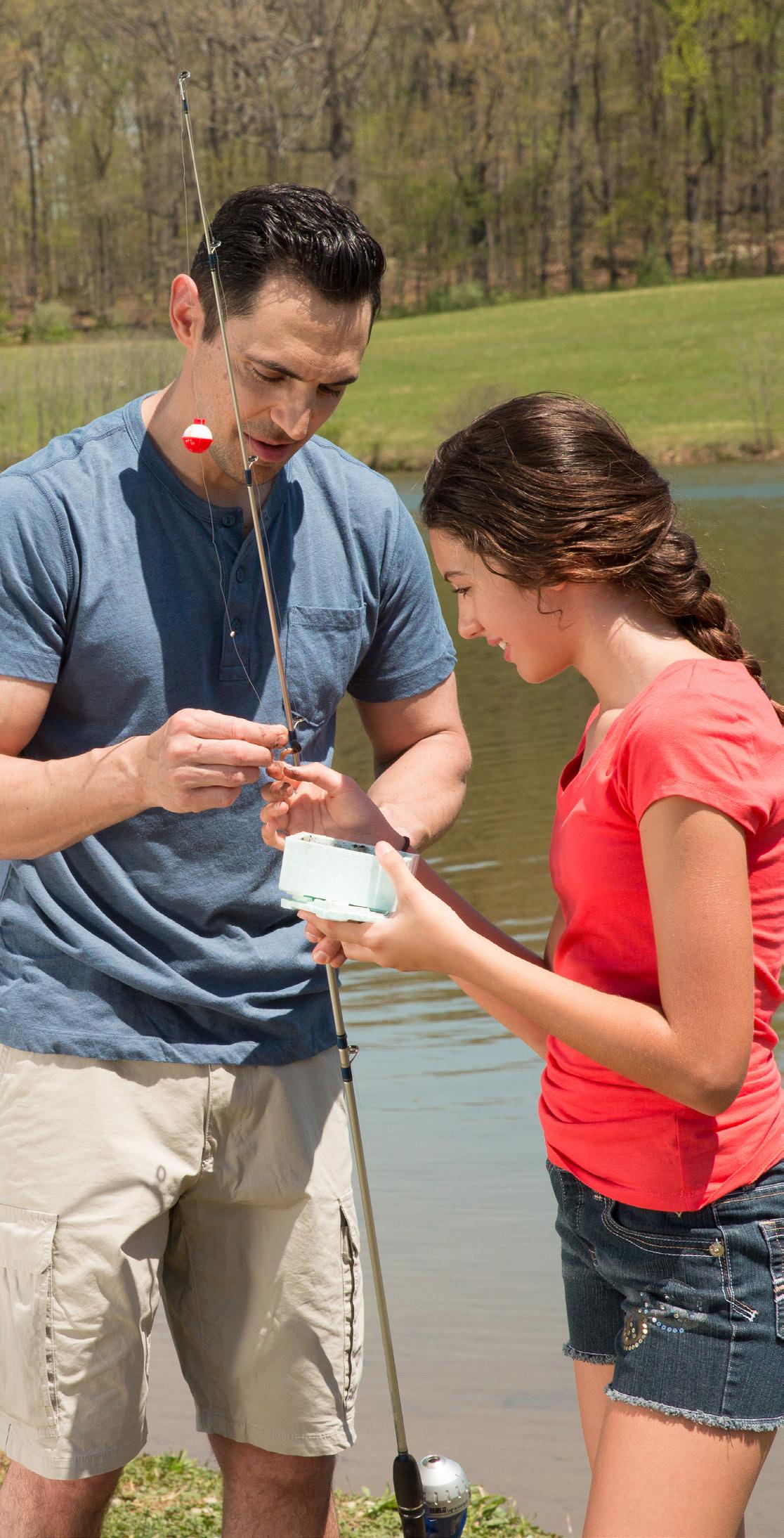TAKE ACTION
Use these tips to talk with your child:
• Plan to have many short talks;
• Choose informal times to have the conversations, such as in the car or during dinner;
• Continue talking as they get older;
• Clearly state what you expect regarding drug use;
• Create family rules together, such as expectations when hanging out with friends; and
• Let them know you are always there for them.
Exit Plan
Talk to your children about having an “exit plan” if they are offered prescription pain relievers that are not theirs. Peer pressure can be powerful among youths, and having a plan to avoid drug misuse can help children make smart choices. Talk with your children about what they would do if faced with a decision about drugs, such as texting a code word to a family member. Be sure to practice the exit plan in a safe environment.
Safe Storage and Disposal
It is important to properly store and dispose of medication. For more information about how to safely store or dispose of your family’s medicine, read Safe Storage of Prescription Medications9 or Disposal of Unused Medicines: What You Should Know.10
9 Safe Storage of Prescription Medications (https://bit.ly/2Hwwy2k)
10 Disposal of Unused Medicines: What You Should Know (https://bit. ly/2luz8L1)
www.underagedrinking.samhsa.gov


8 National Scientific Council on the Developing Child. (2004). Young children develop in an environment of relationships. Working Paper No. 1.
2017 National Survey on Drug Use and Health (HHS Publication No. SMA 18-5068, NSDUH Series H-53). Rockville, MD: Center for Behavioral Health Statistics and Quality, Substance Abuse and Mental Health Services Administration.
7 Substance Abuse and Mental Health Services Administration. (2018). Key substance use and mental health indicators in the United States: Results from the
relievers prescribed to them. Research suggests that one of the most important factors when a child is growing up is a Though 8strong, open relationship with a parent. it may not seem like it, children really hear your concerns, and it’s important that you discuss the risks of using pain medications with them.
can be extremely addictive. In some cases, your doctor may prescribe an opioid to your child for things like surgery or a broken bone. Talk to your doctor and your children about the risks of prescription pain
Parents should also talk with their children about how addiction is a disease and misusing medications can have major, life-threatening consequences. In 2017, an estimated 2.1 million people ages 12 Prescription 7or older had an opioid use disorder. opioids—when used long term or incorrectly—can cause the brain to become reliant on the drug, and
MEDICATIONS ADDICTING?
ARE PRESCRIPTION PAIN
6 Substance Abuse and Mental Health Services Administration. (2018). Key substance use and mental health indicators in the United States: Results from the 2017 National Survey on Drug Use and Health (HHS Publication No. SMA 18-5068, NSDUH Series H-53). Rockville, MD: Center for Behavioral Health Statistics and Quality, Substance Abuse and Mental Health Services Administration.
5 National Institute on Drug Abuse. (2017). Drug facts: Prescription pain medications (Opioids). NIDA for Teens.
4 National Institute on Drug Abuse. (2016). Misuse of prescription drugs: Is it safe to use opioid drugs with other medications?
3 Schillie, S. F., Shehab, N., Thomas, K. E., Budnitz, D. S. (2009). Medication overdoses leading to emergency department visits among children. Am J Prev Med, 37:181–187.
It is unsafe and illegal to take someone else’s prescription medication, even if the drug was prescribed to someone your child knows. Doctors prescribe different dosages based on a person’s size and age, and taking the wrong strength can be deadly. Studies show that 53 percent of people ages 12 or older obtained prescription pain medication for nonmedical use from a friend or relative.6 Talk to your children about the dangers of taking prescription pain relievers that don’t belong to them.
CAN’T BE HARMFUL
JUST BECAUSE IT WAS PRESCRIBED, DOESN’T MEAN IT
Death.
Permanent brain damage; and/or
Coma;
Breathing problems;
Taking prescription pain 3caregiver wasn’t looking. medications can have serious consequences, 4,5including: • Allergic reactions;
Children who take opioid pain medication that is not prescribed to them—even just one time—can suffer serious illness or death. Between 2004 and 2005, about 71,000 children under age 18 went to emergency rooms because they took medicines while their parent or
PRESCRIPTION OPIOID MISUSE
Opioids are a group of drugs that includes prescription pain medications and illegal drugs like heroin. The most common pain medications involved in prescription opioid overdoses include drugs such as oxycodone, hydrocodone, codeine, and morphine.1 After marijuana and alcohol, prescription drugs are the most commonly misused substances by Americans age 14 and older.2 Misuse can be described as taking someone else’s medicine, taking a medicine in a way other than prescribed, taking a medicine to get high, and/or mixing medicine with other substances. Start talking to your children early to ensure they understand what opioids are and the risks of misusing prescription medication.
OPIOIDS CAN BE PRESCRIBED FOR PAIN

